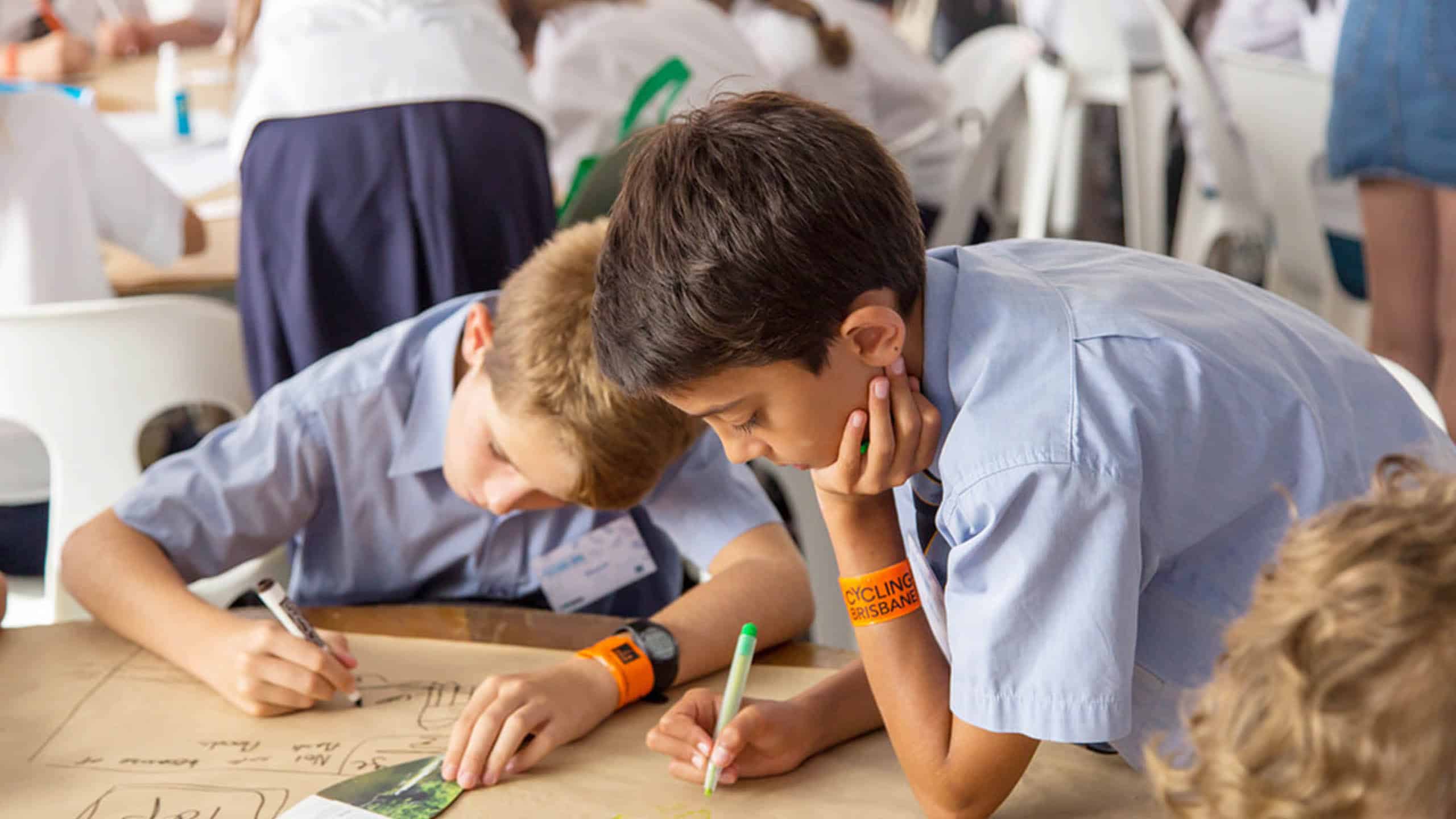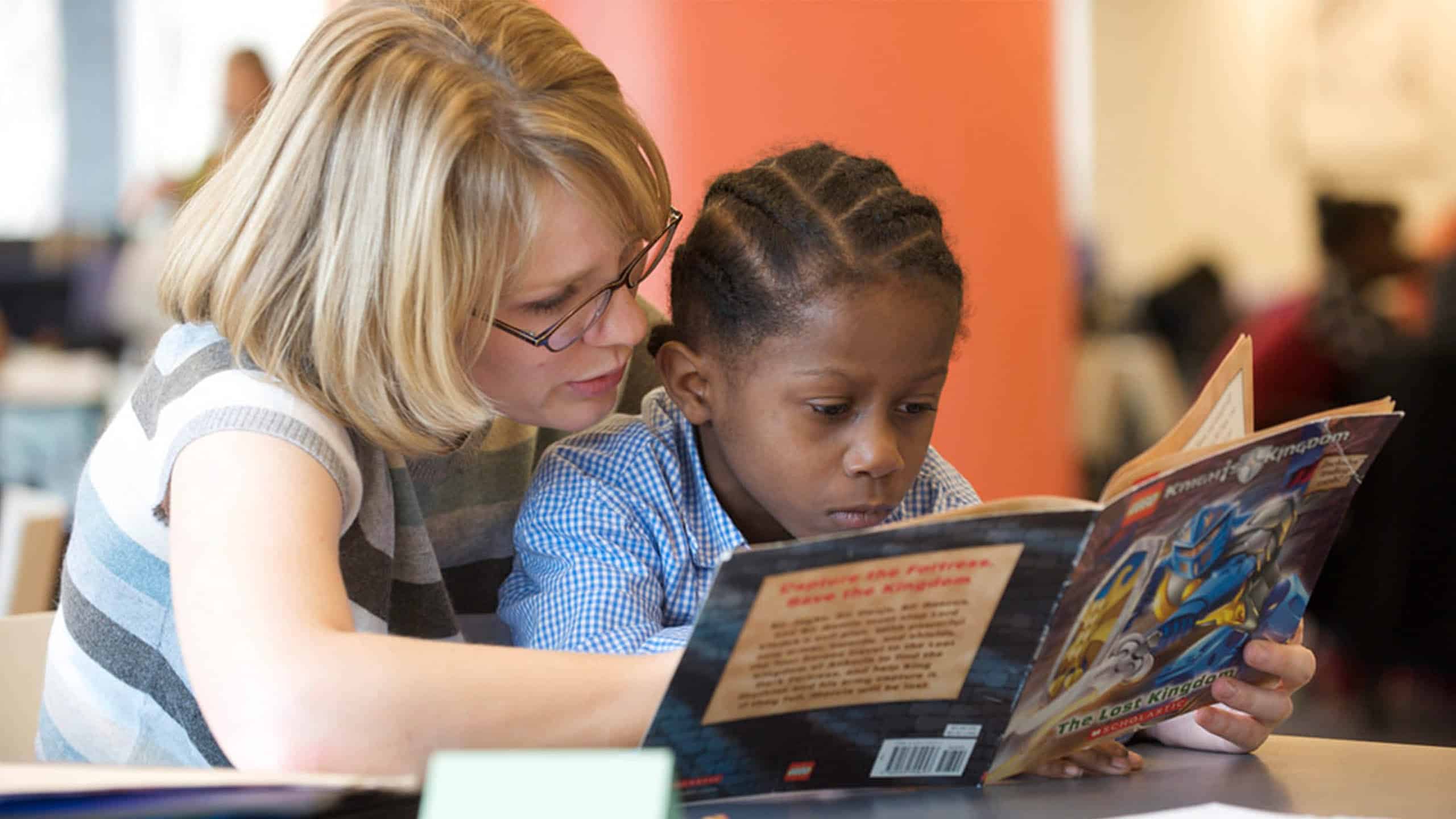Summer School 4: Being Parent B; Disarming Defences, Enabling Growth

The following is an extract from Module 4 of the A Mind to Teach Online training, launching in teachable on August 26th.
The course includes a selection of lessons from psychology that I applied to my practice as a teacher.
This lesson on defences was a real eye opener for me. By seeing off task behaviour not as a personal attack on me or my lesson but as a cry for help really helped me stay calm(er) under pressure and respond to the ‘message’ rather than the behaviour.
In a few weeks time you will be in your classrooms again with students who, I feel sure, will be really pleased to be back there with you. I also believe that there will be times when they feel vulnerable and muddled by the New Normal. I hope this lesson on how that might manifest itself in their behaviour, will help you and them, settle into a new year as full of opportunity as any other.

Being Parent B
It is the drive to form meaningful relationships that is the major influence on who we love, what we become and how we learn.
And It’s the facilitating environment of our first relationship – that first classroom – where learning begins. And it’s in this relationship between carer and cared for that we need to keep in mind when we take our place at the front of our own classrooms.
In a classroom, when a teacher invites a student to step into the void of the unknown, it’s the primal emotions of fear and anxiety, attendant in our earliest days and weeks that get stirred up once more.
Learning; A prize worth the risk?
For most of our students, stretching for the prize of new knowledge is exciting but for many others that stretch is just not worth the risk. But even these students are faced with a dilemma. They are still wired to learn. They can’t switch the circuit off so instead they reroute the energy needed for development into powerful mechanisms for defence.
The aim of A Mind to Teach, the website, this blog, the ‘A Mind to Teach Training’ is to help teachers think clearly. Our aim is to get beyond our subjective perceptions and see, as far as we can, what is really going on in our classrooms. Thinking straight, can be challenging when our minds are bent out of shape by emotions. Even more so when those emotions seem to come out of nowhere.
So, in this lesson, we are going to look at the defence mechanism known as Projection and its partner in crime, Splitting. Teachers need to know about projection because when successfully deployed, projection, messes with our ability to think clearly. Being on the receiving end of a Projection can damage our emotional radar. The aim of a projection is to get you to retaliate rather than respond, to confuse your emotions with the emotions of others and make the reality of your classroom into a psychological muddle.
Make no mistake, projection is powerful. It can do more than just derail learning. If teachers are unprepared to recognise and deal with projections, they can, all too easily, get sucked into a damaging cycle of self-doubt and self-blame.
Projection is powerful because it’s primal. It lies at the core of our identity as humans.

My Judgements Keep Me Safe; So Do My Projections
Our wiring, and that of our pupils is subtle when it comes to safety.
Neuroscientist, Stephen Porges, said we are permanently ‘background scanning’ for levels of threat. And psychoanalyst, John Bowlby said that we are so subtly wired that we do not just monitor level of threat but also track the smallest increase or shift in threat level in our environment.
One defence we might recognise is the way we use our judgements of other people. We make judgements about people in the same way we judge environments. In other words, we judge whether a person is safe in the same way we might judge an empty house. It is safe and are they safe?
Remember that as infants, other people are our environments. It is the quality of interpersonal relationships that create safe spaces for us and our students, much more than bricks and mortar.
Meet Mike
When a new person wanders into our world, we naturally begin to check them out. We send out our first line of defence and begin to silently fire judgements at them. We then wait to see if our ideas are borne out in that person’s behaviour.
I meet Mike for example, who, on first impression, I judge to be “arrogant”. My initial judgement helps me keep this new person at a safe distance. My judgement acts a bit like a barrier between Mike and I.
Then I see Mike make a self-deprecating comment or be kind to someone or stroke a stray dog. My judgement of Mike needs modifying. Mike is a maybe a good guy. I can let my guard down a little more. I am safer than I thought I was.
Projections are Secret Weapons; a Step Up from Judgements
Like judgements, my projections come on line when the level of risk is increased. Remember Bowlby, Mike doesn’t have to be frothing at the mouth and heading towards me with a blooded axe to trigger a response. He just needs to appear. But where I might be aware of my judgements, my projections go deeper and exist out of my field of view, under the radar.
FOR EXAMPLE: Personally, I don’t like horror films. They scare me. But I don’t like to admit it. So, if I am ever watching a horror film with my family, I‘ll run down the frightening content as ‘silly’ or bravely claim ‘that would never happen!” While others in the room are hiding behind cushions, I’m hiding behind my projections and by asking what on earth they are so scared of!
I deal with the difficult emotion of fear by denying it and projecting onto other people. They are the scared ones!
This is projection. It helps me deal with my unwanted feelings of fear.
Partners in Protection: Splitting and Projection
The origins of projection and its partner in crime “splitting”, come from our earliest days or weeks.
If the desire to connect is the drive, the energy of learning, the to and fro of splitting and projection is the machine that begins to sort out the detail of what we are learning. By projecting our feelings onto others, we get to learn about them.
And the mechanism begins like this:
Dividing the Self in order to Cope
In the mind of the infant, there is no mother, as such. The baby has no sense of other people, it has not, as yet made sense of the world to that extent, there are only the feelings that come and go. Having no way of objectifying itself, seeing itself in the world, the baby merges with the world, feels it as an extension of itself, part of its own internal experience.
In this world, the “mother” is split into two sets of feelings, ‘parent A’ and ‘parent B’.
Parent A is the one that fulfils her desires, holds her, feeds her, keeps her warm. This parent gives rise to feelings of ‘fulfilment’ and ‘satisfaction’ and ‘safety’. The baby feels as though it brings about these good feelings through its own desire for them.
Parent A and all of the attendant feeling that go with ‘her’ is everything that is good and all good feelings are projected into her. In the presence of this carer the baby feels that they are ‘good’.
The other, parent B, is the one that is felt to deny her needs. This set of feelings are unwanted and, once again, the infant feels that it is its own self that brings about this failure to get what it wants.
These feelings are destructive, they threaten the life of the baby. Of course, Parent B is not present, so the feelings themselves are thrown out, expelled into an imagined ‘other’. What is being expelled is all of the ‘bad’ parts of the baby. The parts they feel as life threatening.
In later in life, in school for example, it is these negative feelings about ourselves that we expel into others, particularly when, like the baby, our needs are not being met. So, in a classroom, when a child feels he is lost, he will try to get rid of these feelings, still primarily linked to his earliest experiences, onto you – the teacher.
You become Parent B.

What is spat out as rage is returned as love
The projections of the baby are powerful and can feel persecutory so this act of love and understanding takes enormous effort at times, by the carer. They have to be able to separate the baby’s feelings from their own. Rather than be triggered by the cry, they have to recognise it for what it is, a cry for help.
When the baby screams ‘at the parent’, and the parent responds with love and care, the baby is helped to deal with difficult, life-threatening feelings. What is spat out in feelings of rage is returned to the child as calming feelings of love and care.
By caring for the child ‘no matter what’, the carer helps the baby tolerate her own feelings. As the child grows, and such feelings arise again, the child is better prepared to deal with them without the carers help.
However:
… when the child is stressed and feels unsafe she once again is looking for opportunities to expel these threatening feelings and ideas into someone. If that person responds like the resilient parent, then the child will be less threatened by its own feelings.
However, if the person responds in a like for like way and meets the anger with anger then rather than reflecting on its own feelings, it splits them off and gets someone else to take them on. They have found another Parent B.
In both scenarios the baby/child finds relief from the difficult feeling.
However, in the former, the baby learns to get beyond the feeling, to process it and reinvent it as less worrying and so grow.
In the latter, the projected feeling is alleviated but, as it hasn’t been thought about. It’s just been thrown onto someone else. The feeling is alleviated but it will remain unprocessed and so will keep on returning.
Projections are there to defend us
Flashforward to your classroom.
Students in your classroom do the same thing. When they are under pressure, they find it hard to tolerate their own unwanted feelings of failure and so will project them onto others. Most particularly, they will project them onto the source of their anxiety, the one who is asking them to step into the unknown, to feel unsafe, YOU.
They will try to make their feelings your fault and give you the feelings they don’t want.
For example, rather than face a hard Maths problem that might make them feel ‘dumb’, they might accuse you of being a bad teacher, in other words they will try to make you feel like the dumb one.
Remember the Function
Projection, remember is a defence against unwanted feelings and it’s important to remember that this is its function.
The higher the anxiety, the greater the risk, the more your students (and you) are likely to project. So, another useful piece of learning for teachers is to realise that when students get closer to the moment where they have to make that leap of faith that new learning requires, their projections will begin to come their aid.
It is at these hot spot moments that your understanding of projections can really help both you and your students.
Watch for the Giveaways and Traps
A key sign that students are projecting is when they begin to overreact to your interventions. The emotional baggage that comes back at you from a simple request or sometimes from out of nowhere is a clear signal that student is trying to deal with difficult feelings.
If you respond to their frustration with frustration, in a like for like way, react rather than respond then they will be relieved of some of the difficulty of the feeling.
The invitation in this lesson is to recognise feelings that are not your own. As such, rather than soak it up, you reflect it back to the student. Step back, stay with your own contained feelings and help students take the difficult learning step without your judgement being clouded. This takes effort, training, focus. You have to be able to hear the cry for help among the noise.
By responding in a calm way, showing that the projection didn’t destroy you in the way it is felt to be destructive to the child, you help the child take it back, to acknowledge it, to get past it and reduce its influence.
This is the fundamental role of the carer. The carer helps the child sort out their emotional experiences through this process of throwing out what they feel as harmful arrow-like projections and having them opened as though they are notes written on paper darts.
Projections are requests for help. They are a way of students calling your attention to a fundamental need for kindness, safety and care.







Responses